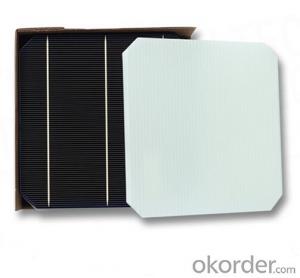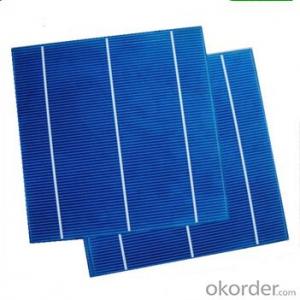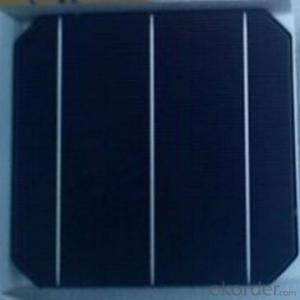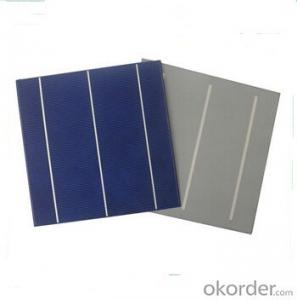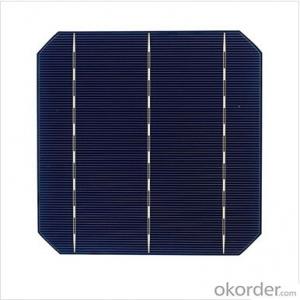Hanwha Q Cells Solar
Hanwha Q Cells Solar Related Searches
Except For Solar Cells Weegy Problems With Solar Cells High Power Solar Cells Light Trapping In Solar Cells High Performance Solar Cells High Output Solar Cells High Wattage Solar Cells Energy Transfer In Solar Cells High Efficiency Hvac Systems Recombination In Solar CellsHot Searches
Cheap Solar Cells For Sale Flexible Solar Cells For Sale Q Cells Solar Panels For Sale Printed Solar Cells For Sale Bulk Solar Cells For Sale 6x6 Solar Cells For Sale Broken Solar Cells For Sale Cpv Solar Cells For Sale Photoelectric Cells For Sale Price Of Silicon Solar Cells Price Of Solar Cells Over Time Buy Solar Cells From China Cheap Solar Cells China Best Type Of Solar Cells Flexible Solar Cells Price Q Cells Solar Panels Price 3 Types Of Solar Cells Production Of Solar Cells Common Types Of Solar Cells Q Cells Solar Panel PricesHanwha Q Cells Solar Supplier & Manufacturer from China
Okorder.com is a professional Hanwha Q Cells Solar supplier & manufacturer, offers integrated one-stop services including real-time quoting and online cargo tracking. We are funded by CNBM Group, a Fortune 500 enterprise and the largest Hanwha Q Cells Solar firm in China.Hot Products
FAQ
- Dust storms have a negative impact on solar cell efficiency. The accumulation of dust particles on the surface of solar panels obstructs sunlight from reaching the photovoltaic cells, reducing their ability to convert sunlight into electricity. This dust buildup decreases the overall power output of the solar panels and requires regular cleaning and maintenance to maintain optimal efficiency.
- Monocrystalline silicon and polycrystalline silicon cell in the appearance of what is the difference?
- For the user, monocrystalline silicon cells and polysilicon batteries are not much different. Monocrystalline silicon and polycrystalline silicon cell life and stability are very good.
- Yes, solar cells can be used to power remote sensing devices. Solar cells convert sunlight into electricity, which can then be used to power various electronic devices including remote sensing devices. This eliminates the need for traditional power sources or batteries, making solar cells a reliable and sustainable option for powering remote sensing devices in locations where access to electricity may be limited or impractical.
- Solar cells perform well in high-altitude locations due to several factors. Firstly, at higher altitudes, there is less atmospheric pollution and dust, resulting in cleaner and clearer sunlight, which enhances the performance of solar cells. Additionally, the thinner atmosphere at high altitudes allows for less scattering and absorption of sunlight, enabling solar cells to receive a higher intensity of solar radiation. This combination of cleaner and more intense sunlight makes solar cells more efficient and productive in high-altitude locations.
- Yes, solar cells can indeed be used for telecommunications infrastructure. Solar cells can generate electricity from sunlight, which can be used to power various telecommunications equipment such as cell towers, base stations, and repeaters. This renewable energy source helps reduce dependence on traditional power sources, increases energy efficiency, and can even enable telecommunication services in remote or off-grid areas where grid power is unavailable.
- Yes, solar cells can be used to power communication networks. Solar cells convert sunlight into electricity, which can then be used to power various devices and systems, including communication networks. This makes solar energy an environmentally friendly and sustainable option for powering these networks, especially in remote or off-grid locations where access to traditional power sources may be limited.
- Yes, solar cells can be used in water purification systems. Solar-powered water purification systems utilize solar energy to power the required processes, such as filtration, disinfection, and desalination. Solar cells can generate electricity from sunlight, which can be used to power pumps, UV lamps, or other components of the water purification system. This sustainable and environmentally friendly approach is particularly useful in areas with limited access to electricity or in off-grid locations.



















